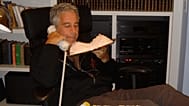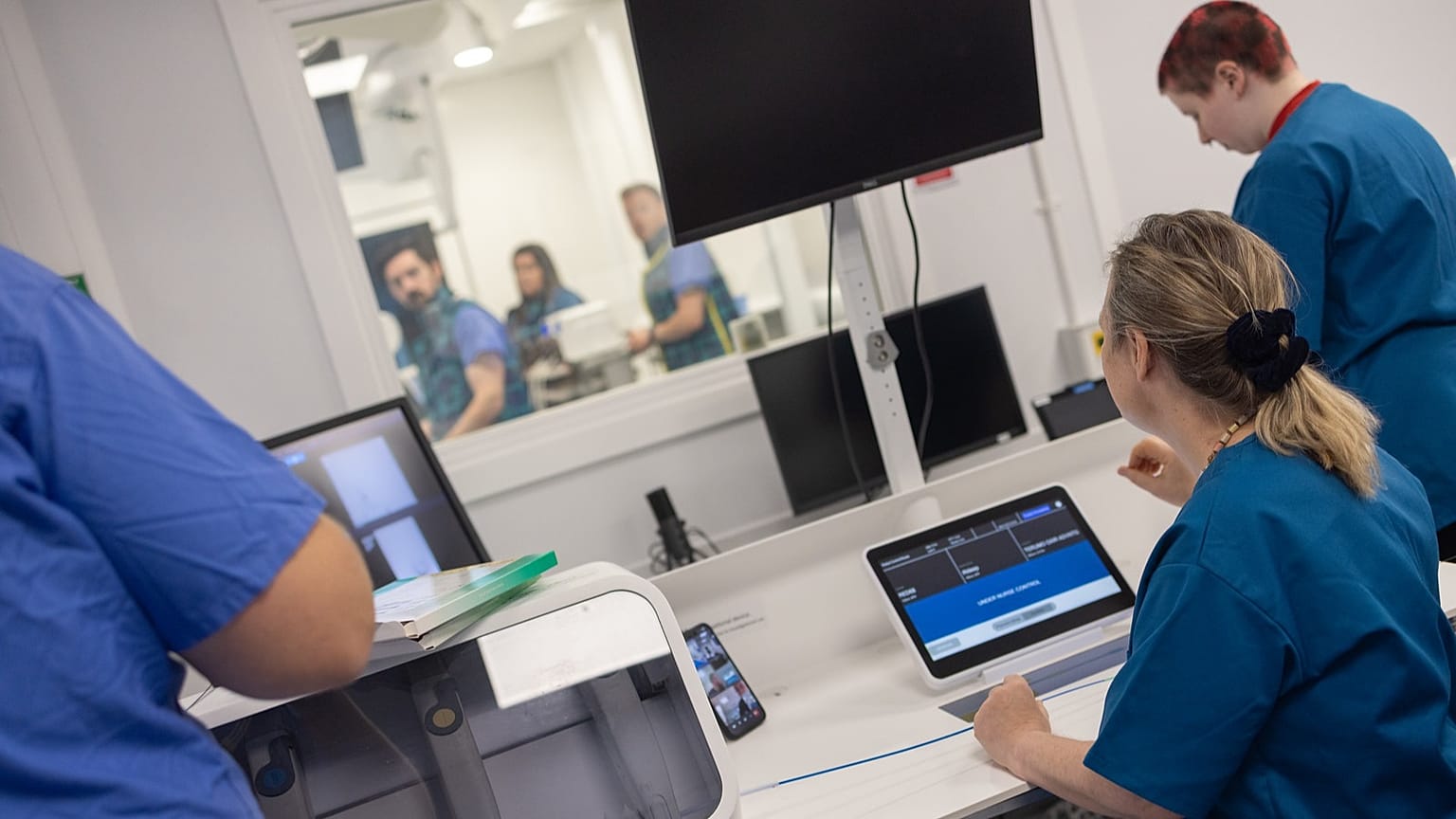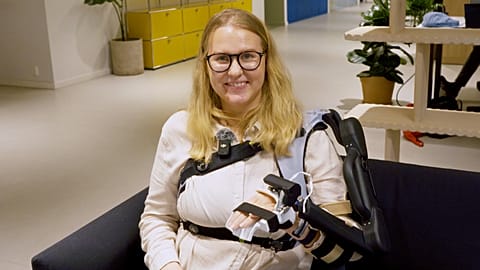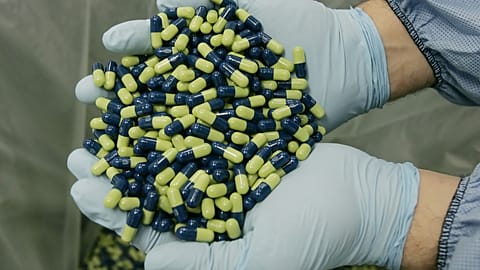The doctors said the successful demonstration indicates that many more stroke patients could benefit from the potentially life-saving surgery.
Surgeons in the United Kingdom and the United States have performed what are thought to be the world’s first remote-controlled stroke surgeries.
Operating from Dundee, Scotland, Dr Iris Grunwald performed the remote thrombectomy – the removal of blood clots from the brain to restore blood flow – on a human cadaver located across town.
Meanwhile in Florida, Dr Ricardo Hanel used the robotic device to operate on the body from across the Atlantic Ocean, some 6,500 kilometres from Dundee.
“What amazed me most was how tactile the experience was,” Grunwald said in a statement. “My hands felt exactly as they usually would if I had been doing a conventional thrombectomy”.
The demonstrations were done using a robotic system from Sentante, a Lithuanian firm. The company said their success indicates the tool could help improve outcomes for stroke patients by making thrombectomies more accessible in remote areas that lack specialists.
Sentante said that in Scotland, just 212 patients underwent the procedure last year, representing 2.2 per cent of people who had an ischaemic stroke, which occurs when a blood clot blocks a blood vessel in the brain.
Ischaemic strokes are medical emergencies. Globally, they kill an estimated 3.3 million people annually, according to the World Stroke Organization.
“For an ischaemic stroke, the difference between walking out of hospital and a lifetime of disability can be just two to three hours,” Edvardas Satkauskas, the company’s chief executive, said in a statement.
“Today, patients are often transported long distances to reach one of a limited number of thrombectomy centres,” he added.
Sentante’s system connects standard laboratory equipment to a device that captures the hand movements of far-away surgeons who “operate” with the aid of X-ray images on highly detailed screens.
The movements are replicated in real time by a robot at the patient’s bedside, the company said.
In Florida, Hanel said the successful demonstration indicates that many more stroke patients could benefit from the potentially life-saving surgery.
“To operate from the US to Scotland with a 120 millisecond (blink of an eye) lag is truly remarkable,” Hanel said.


















